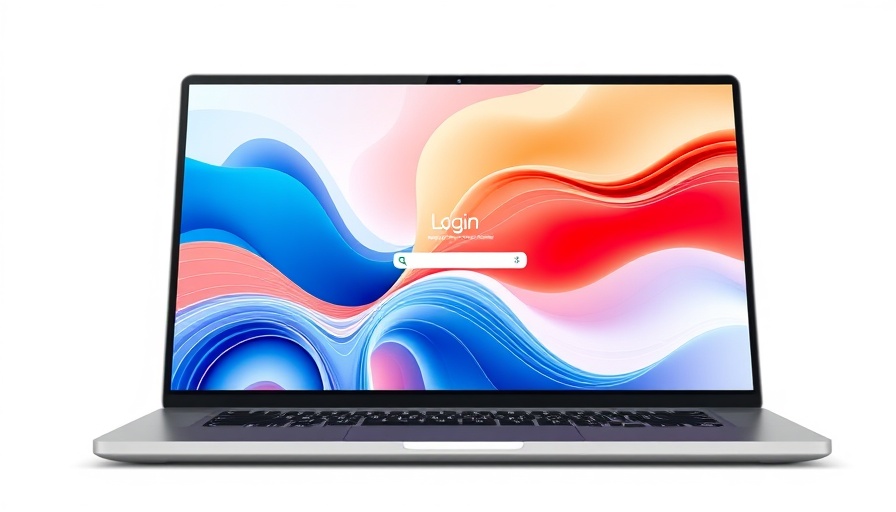
The Intriguing Relationship Between Software Engineers and AI
In the rapidly evolving tech landscape, the relationship between software engineers and artificial intelligence (AI) is becoming a focal point of discussion. A recent survey of 730 coders from diverse backgrounds yielded surprising insights into how these professionals perceive and utilize AI technologies such as chatbots in their daily work. The findings reveal a complex, often contradictory landscape where opinions on AI's role vary widely. While some embrace it as an essential tool, others remain skeptical, fearing it could replace jobs and skills.
Are AI Tools Boosting Productivity or Threatening Jobs?
Among the responses, a prominent sentiment emerged: AI is reshaping programming jobs but is not likely to replace them altogether. Many developers likened AI tools to “hyperefficient interns.” This analogy highlights that while AI can handle repetitive tasks efficiently, it lacks the deeper understanding and contextual awareness that human engineers bring to the table. According to one survey respondent, “If AI does eat programming, I’ll just switch to debugging AI.” Such perspectives signify a shift towards a collaborative relationship where AI serves to enhance human capabilities rather than replace them.
Contrasting Views: The Optimists vs. The Skeptics
Optimism regarding AI integration in coding contrasts sharply with those who warn of impending job losses. The skeptics argue that fully automating programming tasks is unrealistic and dismiss such fears as exaggerated. They view AI's current limitations in handling edge cases and complex problem-solving as indicators that human intelligence will remain invaluable in tech roles. This contention raises a critical question: How should software engineers prepare for the future of their jobs?
Tools to Navigate the Changing Landscape
As AI continues to evolve, engineers must adapt and acquire new skills that enhance their employability and market relevance. Embracing continuous learning through resources like coding boot camps, AI workshops, and online tutorials becomes paramount. By honing skills alongside AI advancements, developers can leverage new technologies to elevate their productivity and maintain a competitive advantage in the job market.
The Future of AI in Software Development
Looking ahead, the trajectory of AI in software engineering seems poised to evolve significantly. Many experts foresee AI becoming more integrated into coding workflows, automating tasks such as code suggestions, bug fixes, and even generating code segments based on high-level descriptions. However, it is imperative for coders to navigate this trend carefully, ensuring that they maintain the core skills necessary for creativity, problem identification, and user-centric innovation.
Concluding Thoughts: Preparing for an AI-Driven Future
As the integration of AI into the software development process advances, it presents both challenges and opportunities for engineers. The key takeaway from the survey suggests that while AI may alter the dynamics of programming jobs, it is not the end of human involvement. Instead, the narrative should focus on adaptation and leveraging new tools for enhanced creativity and efficiency. To stay relevant in an increasingly automated world, continuous learning and skill enhancement are vital.
 Add Row
Add Row  Add
Add 




Write A Comment